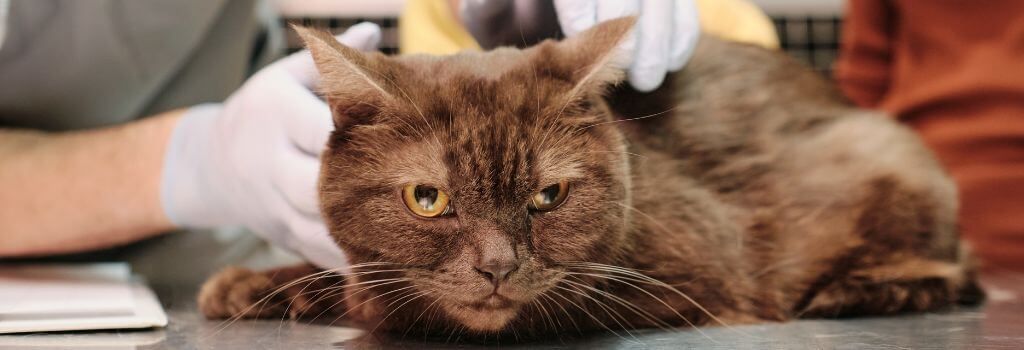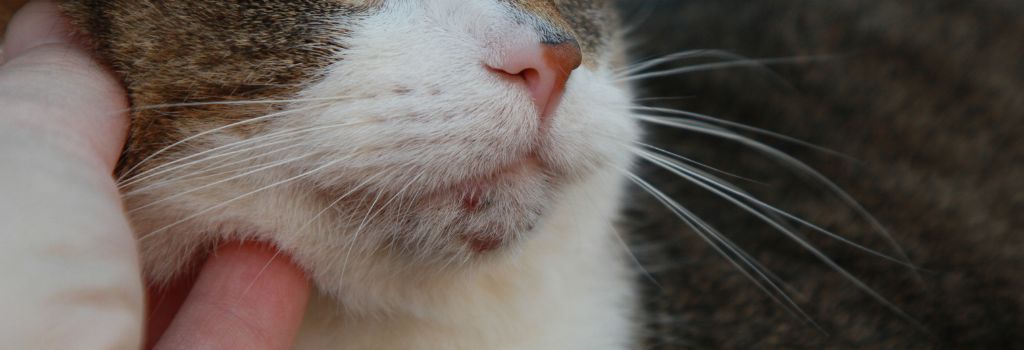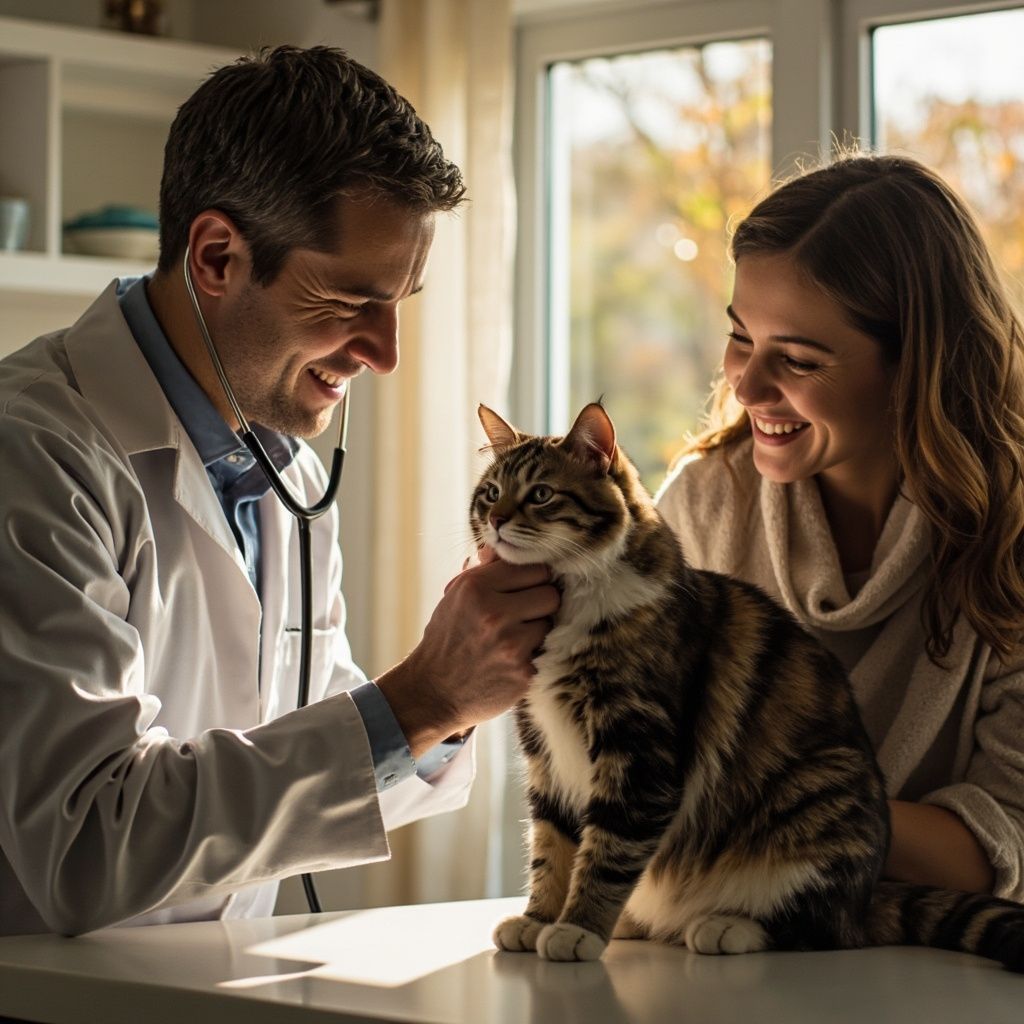Rainbow Bridge Remembrance Day: How to Prepare Your Kids for Losing a Precious Pet
Rainbow Bridge Remembrance Day is honored every August 28, when countless pet owners remember and celebrate the beloved pets that are no longer with them. This special day recognizes that while our pets have passed on, they are never forgotten. As veterinarians, we understand that pet loss impacts people of all ages, but it is especially upsetting for children. Many children, for example, have had the family dog in their life since they were born. For other children, the loss of a pet might be their first experience with grief. To help your kids through the process, we’ve put together the following list of suggestions to help them prepare for the inevitable loss of their pet.
Children’s Books Focused on Pet Loss
An excellent way to introduce the fact that their pet will pass on someday is to include books on this topic among the other children’s books in their collection. Without directly addressing this sensitive subject with young children, you are educating them about the process, and they will relate back to these storybook characters when the unfortunate day arrives for them.
A few highly-rated children’s books include:
Fairy Dog Heaven by Patrese Fischer
The Invisible Leash by Patrice Karst
The Rainbow Bridge: A Visit to Pet Paradise by Adrian Raeside
Look for Teachable Moments
As your pet ages, they’ll begin showing signs of slowing down. For example, your children might notice their dog doesn’t run as quickly or often, struggles to jump up onto the couch, and sleeps more often. They might begin taking medications to help with chronic medical conditions that have developed with age. As your children verbalize the changes they see in their pet or watch you give the pet their medications, use these as teachable moments to talk about the aging process and the fact that their dog or cat is getting older. This will ease the trauma of the loss when it happens, as they’ll have understood for a period that their pet was changing and slowing down because of their older age.
Be Careful with the Phrase “Putting Them to Sleep”
Parents often want to tread lightly on sensitive subjects, including grief. However, this can sometimes do more harm than good. One such example is being lighthearted on the subject of an imminent pet loss by using the phrase “putting them to sleep.” Many parents want to prepare their children for the loss by letting them know ahead of time and choose to use this phrase to avoid the specifics of death and dying. However, this can lead to children becoming fearful of going to sleep themselves, being too young to understand the actual meaning of the phrase. Be direct and honest with what is happening.
Talk About Grief Before They Feel Grief
How you address the subject of grief depends entirely on your children’s age, but discussing the emotion before they feel it will help them deal with it better when they’re in the grips of it. A conversation will normalize the feeling for them, so they understand it’s another feeling similar to sadness, anger, and frustration – which they already know are acceptable emotions that are each dealt with in their ways.
Discuss Memorial Plan Services For Your Beloved Pet
If the loss of your pet is imminent, it might be helpful to discuss what a memorial service is with your children and what they would like to do for their pet when the sad day arrives. This will mentally and emotionally prepare them for what’s coming and give them a sense of pride that they have helped to plan a special day for their beloved pet. Encourage them to have stories ready to tell of their favorite times with their pet, have them draw pictures of their pet to display at the service, and let them create a guest list of everyone who loved their pet.
As parents, it’s helpful to understand what children will know about grief at certain ages. RainbowBridge.com offers a useful article about the grieving process based on their age, as well as tips for helping your grieving child. For this upcoming Rainbow Bridge Remembrance Day on August 28, start to think about your pet’s stage of life and when you should begin to introduce some of the above ideas. As always, we are here for you and your aging pet. If you’d like to discuss the possibility of euthanasia or how to care for a senior dog or cat, never hesitate to give us a call.
Recent Posts










